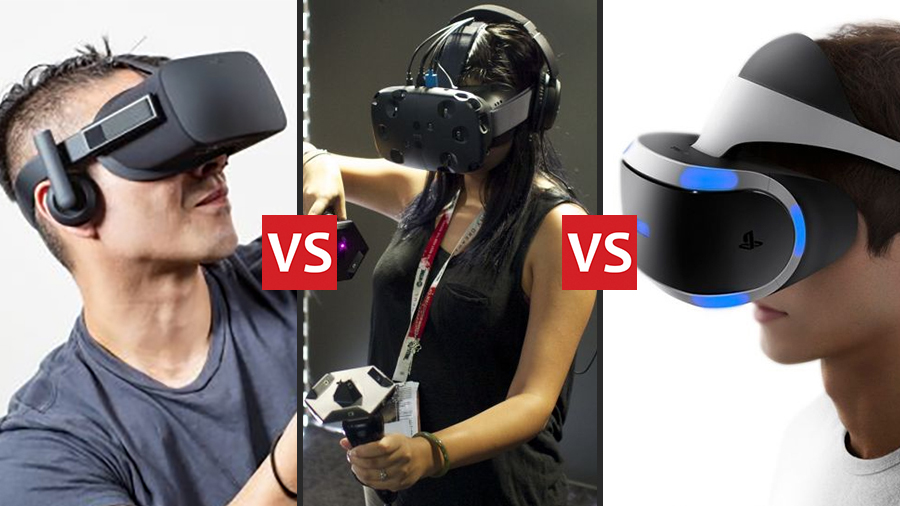
Virtual reality is undoubtedly one of the hottest tech topics of the moment, with HTC (plus Valve), Oculus (owned by Facebook) and Sony's PlayStation VR all competing for your cash. But what exactly are the differences between them and where should you drop your hard-earned moolah?
To ease you gently into the world of VR technology we've explained the key specs and the major differences between the headsets below, as well as outlining how other headsets, such as Samsung's Gear VR, Google's Cardboard and the various other devices on the market, fit into the picture.
And with Christmas fast approaching, and all three major headsets now available, the VR market is beginning to calm down as it sheds the hype and starts going about the business of maintaining a brand new medium for PC and consoles alike. So whether its games, accessories or the raw specs themselves, T3 has you covered...
The raw specs
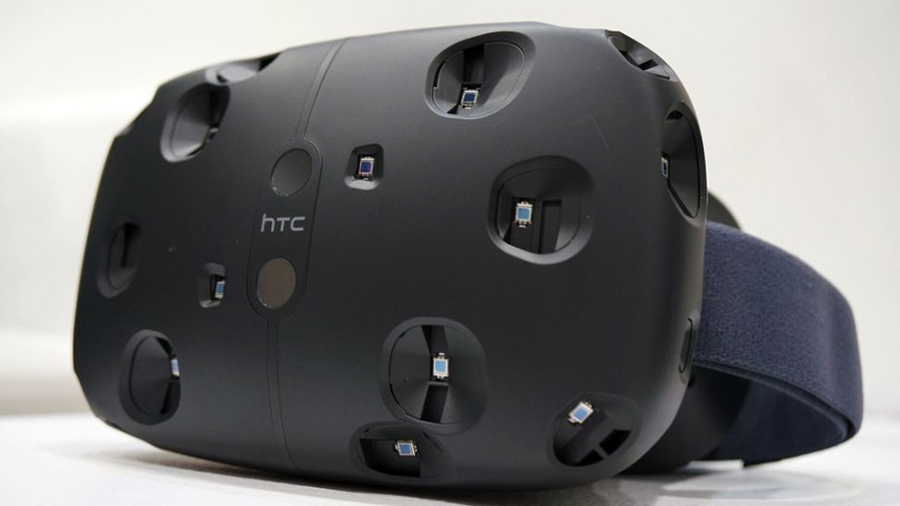
As we'll see later, the hardware specs don't tell the whole story of these VR headsets, but they're a good starting point anyway. The Rift gives you two 1080 x 1200 pixel OLED displays (one for each eye), a 90Hz refresh rate and a 110-degree field of view.
Those fundamental specs happen to be exactly the same as those of the HTC Vive, though the field of view in the headset from HTC and Valve is slightly taller. It's possible those specs will change before it goes on sale, but at this late stage it seems unlikely.
The PlayStation VR, meanwhile, boasts a resolution of 960 x 1080 pixels for each eye, a slightly higher 120Hz refresh rate and a slightly narrower 100-degree field of view. As far as raw specs are concerned, we're talking very slight differences between these headsets, although if we had to rank them in terms of pure hardware, then we'd place the HTC Vive at the top and PlayStation VR the bottom.
The extras
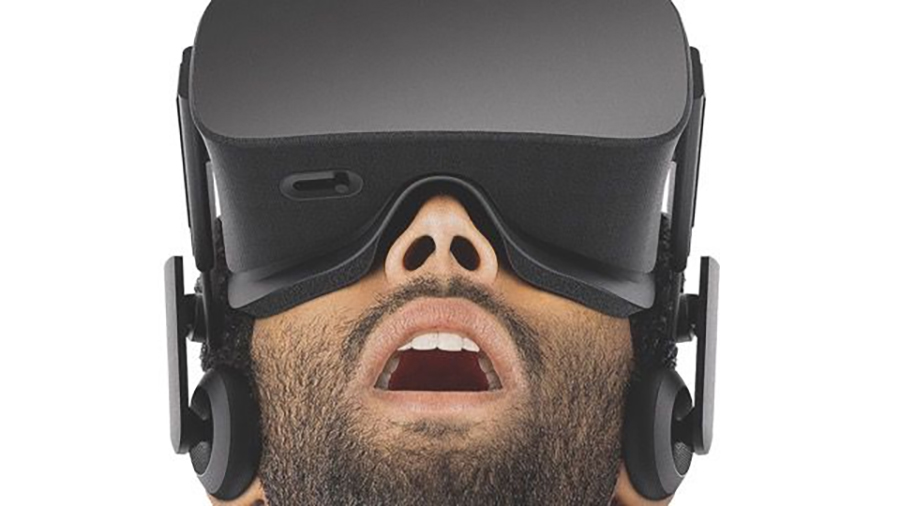
There's so much more to these headsets than the basic specs we've mentioned though. HTC's hardware can track you around a room, for example, whereas the other two only offer head tracking via sensors placed close by - at least for the time being.
Sign up to the T3 newsletter for smarter living straight to your inbox
Get all the latest news, reviews, deals and buying guides on gorgeous tech, home and active products from the T3 experts
They each have their own immersive audio systems for keeping you in the moment and each have slightly different headset designs - you really need to consult our Oculus Rift and HTC Vive reviews to get a feel of these differences, as they don't really show up in specifications lists.
One feature unique to the HTC Vive is a forward-facing camera: this opens up the possibility of augmented reality applications, where the real and virtual worlds are combined (and is also used to warn you when you're about to walk into a wall).
The accessories
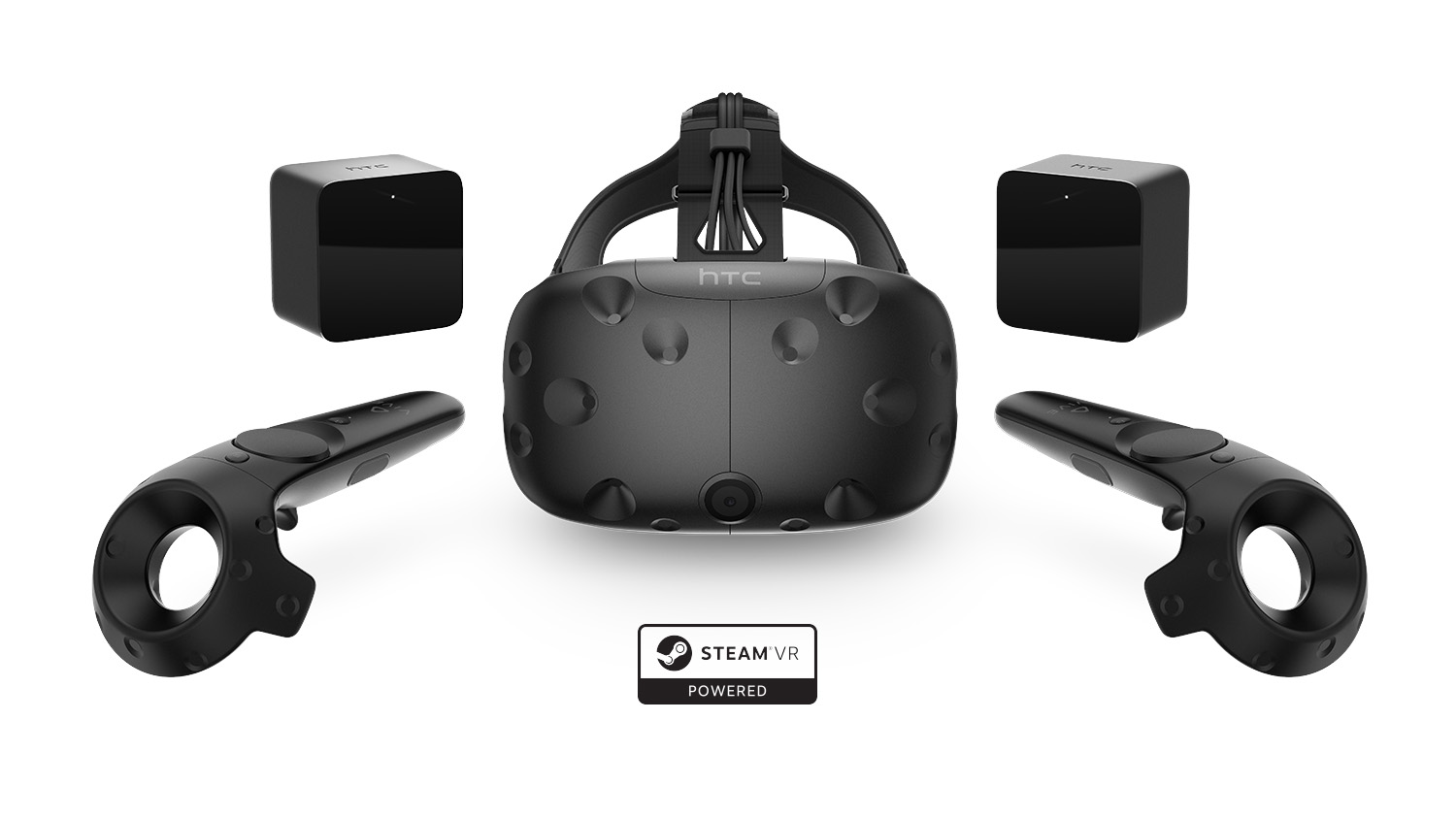
All three headsets come with their own bespoke controllers, some designed specifically for their platform, others retrofitted from consoles. The HTC Vive launched with its own homegrown controllers which are tracked in 3D space and enable you to perform delicate tasks in VR.
The large trackpad and face buttons make traditional movements just as precise, making them ideal for use in everything from shooters to experiences that require laser sharp focus (such as Surgeon Simulator).
HTC is also hard at work testing a new generation of Vive controller, one that's been radically redesigned. It was shown off at the annual Steam Dev Days event last month and its design is far more reminiscent of what Oculus has pulled off with its new peripheral. Don't expect this version until 2017 at the earliest.
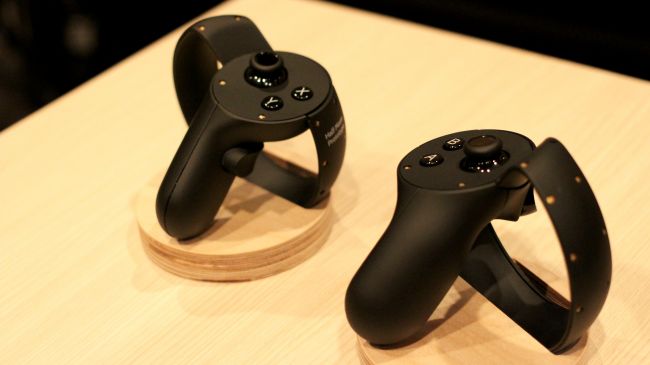
The Oculus Rift launched without its own controllers, instead relying on the motion control-less Xbox One controller, but it now has its own - the Oculus Touch - and its easily one of the best on the market.
Designed to mimic the natural movement of the hand and fingers, the Oculus Touch will also work with Rift's new room scale upgrade, giving users a far deeper interactive experience across a multitude of titles. The Oculus Touch will arrive on 6 December.
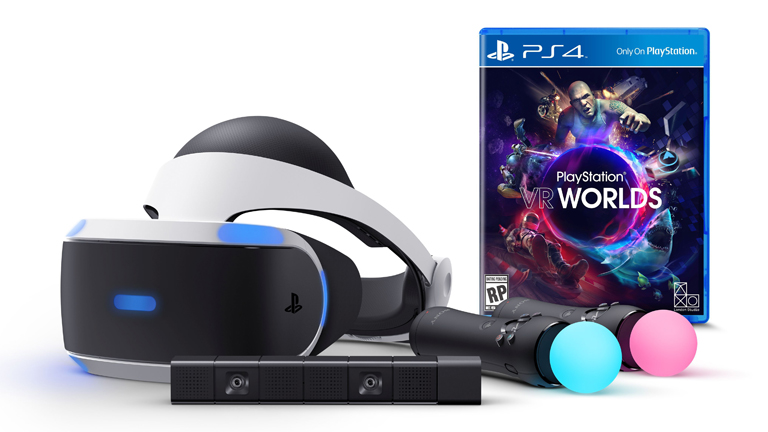
PlayStation VR hasn't launched with a new controller, and instead retroactively uses existing PlayStation hardware. The DualShock 4 controller, which has a built-in gyroscope and sensor, works with the platform, but it's certainly not the best way to play.
The alternative is to use the PlayStation Move controllers which were first introduced back on PlayStation 3 when Sony attempted to compete with Nintendo Wii with its own take on motion controls. The plan failed, but the brightly-lit peripherals are an ideal match with PSVR's growing catalogue of games.
However, with both HTC and Oculus having introduced bespoke VR-focused controllers, a similar move from Sony seems incredibly likely if PSVR proves itself to be a viable arm of the brand in the coming months and years.
The systems
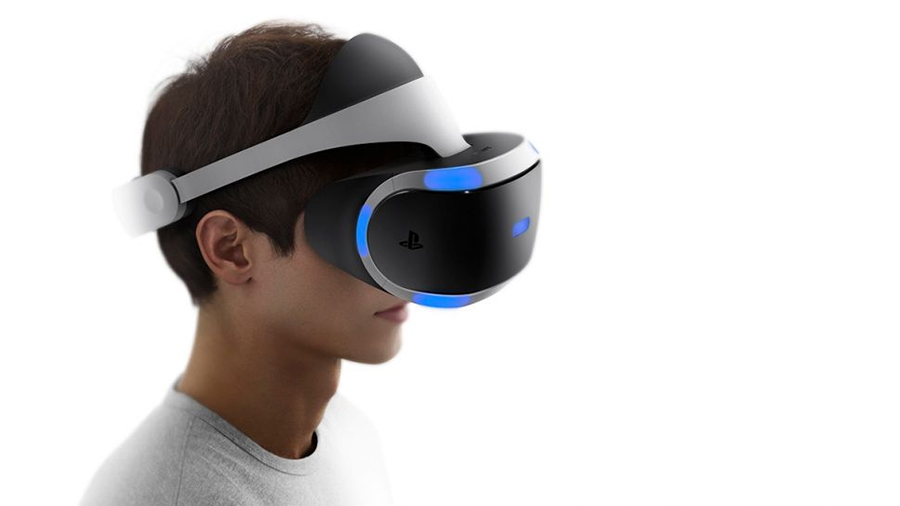
All these headsets need a system to work with: the PlayStation VR makes most sense for PS4 owners, as you'll be good to go already basically asides from the purchase of a PlayStation Camera and Move controller. If you don't already have Sony's latest console then you're going to have to fork out for that as well as the headset and peripherals.
Both the HTC Vive and the Oculus Rift need a fairly powerful Windows PC to run with - Oculus has already published the recommended specs for its headset, namely a minimum of an Intel i5 CPU, 8GB of RAM and an Nvidia GTX 970 or AMD 290 graphics card installed.
The Vive, in comparison, requires an almost identical Intel i5 CPU, 4GB of RAM and a Nvidia GTX 970 to run. Each headset comes with its own input devices, both traditional gamepads and more VR-focused devices (namely the Oculus Touch, Steam Controllers and PlayStation Move).
The games and software

Now that all three of the major VR headsets are out in the wild, we've got three big launch lineups to sink our teeth into. Some of them are available across all three platforms, while others have been built and designed exclusively for certain headsets. Here are some of the best multiplatform and exclusives on VR, right now.
EVE Valyrie
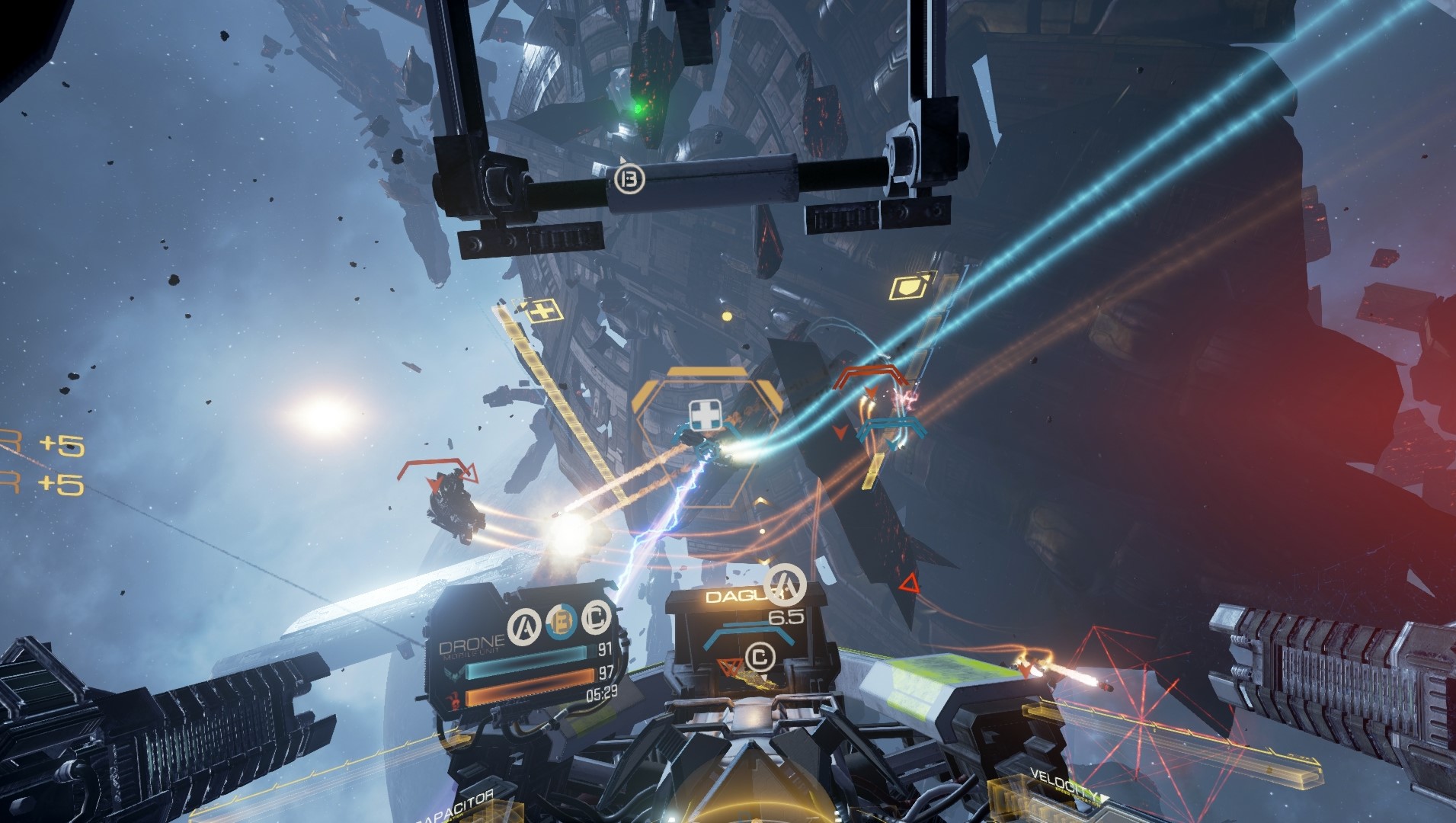
Easily one of the best games currently available on Oculus Rift, HTC Vive and PlayStation VR, EVE: Valkyrie straps you into the cockpit of a sci-fi fighter craft and plunges you into some of the most immersive dogfights you'll ever experience.
It's what VR was made for and is a must for any new user. Developer CCP (which also created the game from which this one spins, EVE Online) is also planning cross-platform play between Vive, Rift and PSVR in the near future. Watch this space!
Keep Talking and Nobody Explodes

Want a party game with an explosive twist? Well this little beauty for Oculus Rift and PlayStation VR sees one headset-wearing user ready to diffuse a bomb, while getting instructions from his friends outside of VR.
It's a brilliant concept and a great way to bring VR to couchplay. A HTC Vive version is also being considered by its developer, so more and more of us can start freaking out as we try to work out which virtual wire to cut.
Batman: Arkham VR
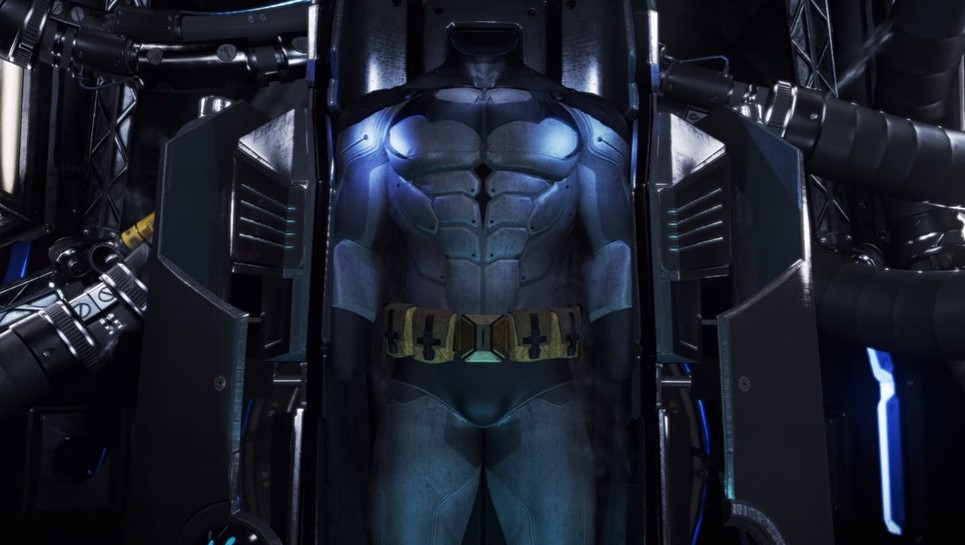
This PlayStation VR exclusive, developed by the studio that created the main trilogy of games, sees you donning the Dark Knight's cowl in VR and exploring Wayne Mansion, the Batcave and Gotham as you attempt to invoke the World's Greatest Detective skills.
Sadly it's quite a short title, but it's already widely regarded as one of the most authentic and enjoyable uses of VR on any platform so it's a must have title for anyone looking to pick up PlayStation VR.
Minecraft VR

Currently available for Oculus Rift and Gear VR (but don't be surprised to see it pop up on HTC Vive and PlayStation VR at some point), this VR-centric version of the super-popular creation suite includes both Survial and the normal open-ended building mode where you can slap cows and build your favourite pop culture locales all in the comfort of VR.
RIGS: Mechanized Combat League
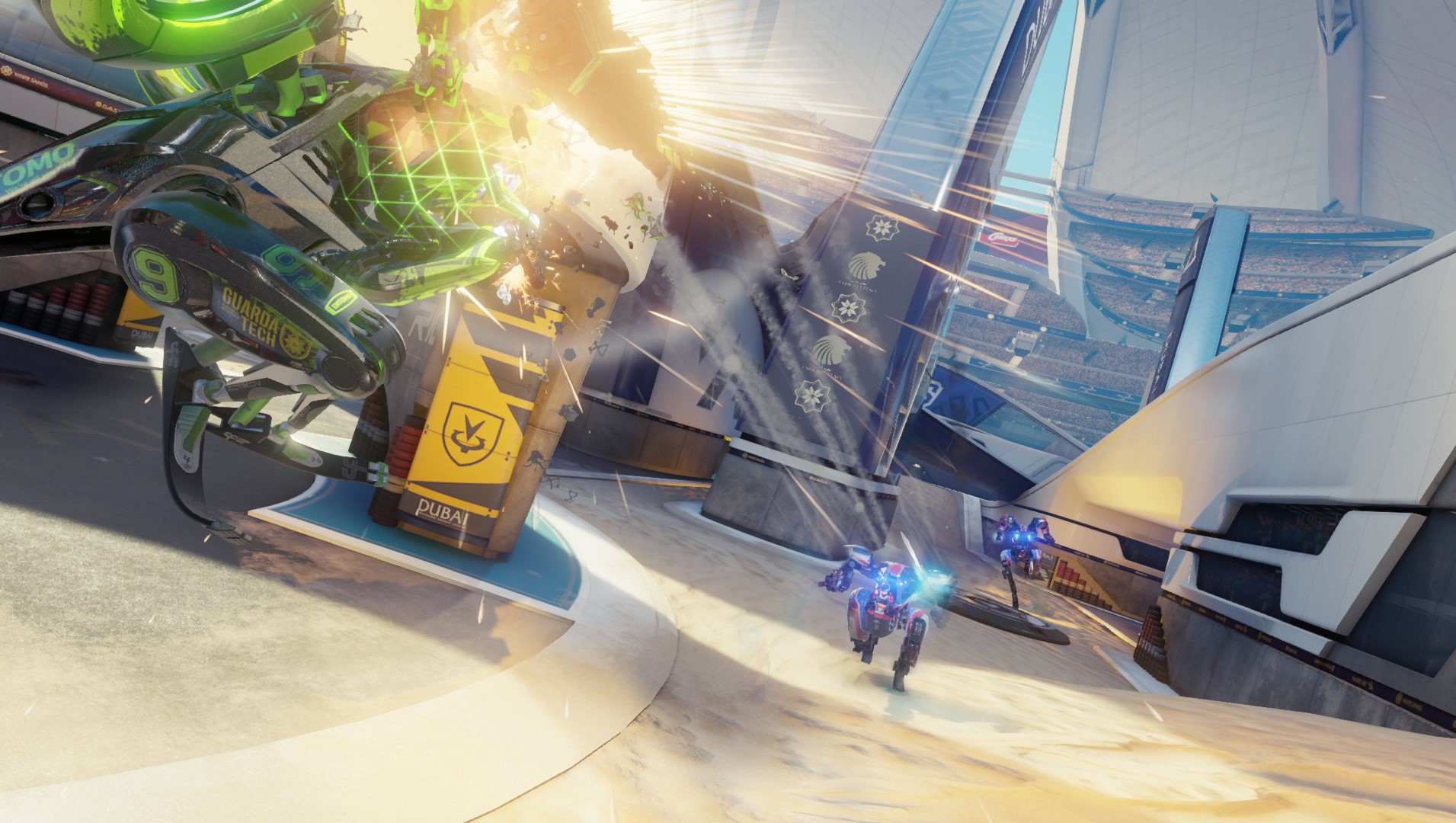
Built from the ground up with VR in mind, this PlayStation VR exclusive sees you strapping on a mechanised suit and attempting to carry a holographic ball while everyone around you tries to blow you to bits with machine guns. It's insane, but it's also brilliant fun and well worth a play if you want to test how sick VR can make you.
The alternatives

The main alternative to the major players is the Gear VR from Samsung: while its optical specs are as good as (and indeed developed by the same people as) those in the Oculus Rift, you don't get the head tracking functionality or as quite as much processing power.
That means the graphics are just a notch below the Oculus. However, it is wireless - so you don't need to lug around a PC with it to enjoy VR - and it's much cheaper to get hold of, assuming you already have a Samsung S6, S6 Edge, S6 Edge+ or Note 5 to hand.
Google Cardboard and its ilk are another step down again in terms of both capabilities and price - great for a cheap entry point but not really the full VR experience offered by the expensive gadgets - while there are a few niche products too, such as the Fove.
In summary

If you've got a Samsung Galaxy S6, S6 Edge, S6 Edge+ or Note 5, buy the Gear VR and start enjoying immersive virtual reality at a great, affordable price; if you've got a PlayStation 4, wait for the PlayStation VR (unless you happen to have a gaming PC lying around as well). And when we say wait, we mean until next year, when the inevitable teething problems have settled down and the gaming catalogue is more of a known quantity.
That leaves everyone else and two headsets in the Oculus Rift and the HTC Vive that are very similar across the board: the Rift is likely to have the edge in content whereas the Vive has augmented reality potential and full motion tracking across a room.
But really there's not too much in it. Both offer mind-blowing virtual reality experiences, and ultimately the choice is yours.
T3.com is one of the UK's leading consumer lifestyle websites, visited by over 10 million people every month. You can follow us on Twitter, Facebook and Instagram. We present products in helpful buying guides and carefully curated deals posts across style, living, auto, smart home, watches, travel, fitness and more. We also have a monthly magazine which you can buy in newsagents or subscribe to online – print and digital versions available.
-
 This is the sound of BMW's upcoming Neue Klasse EVs
This is the sound of BMW's upcoming Neue Klasse EVsHas BMW cracked the problem of making EVs sound fun with its next-gen soundscape for its Neue Klasse cars
By Alistair Charlton
-
 Build unshakeable core strength with a kettlebell and these three exercises
Build unshakeable core strength with a kettlebell and these three exercisesAdd this to the end of your workout to fire up your midsection muscles
By Bryony Firth-Bernard
